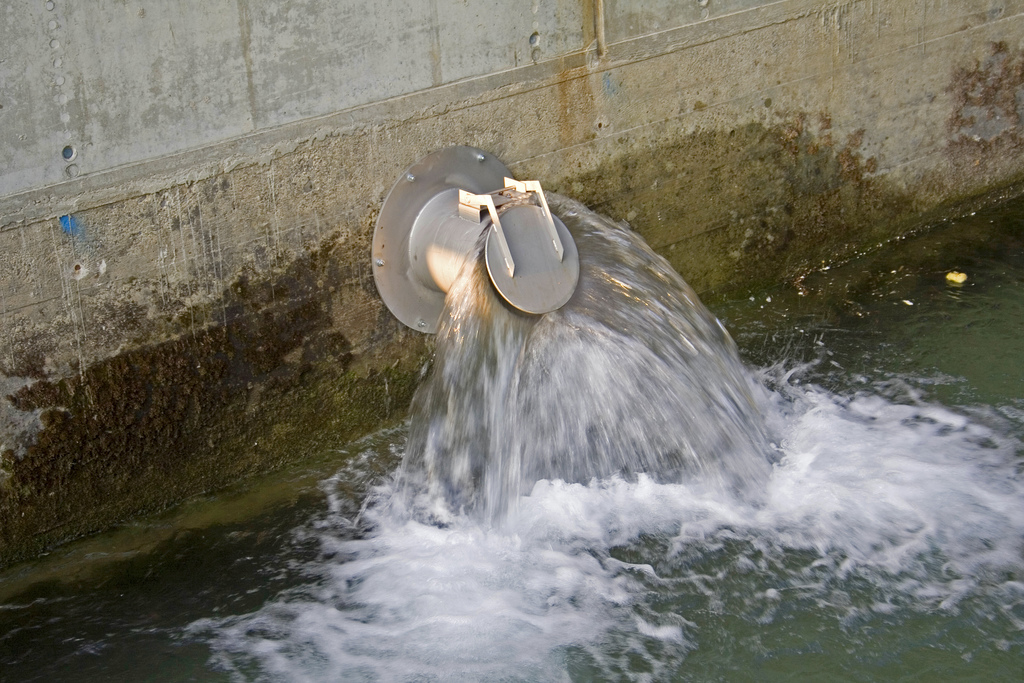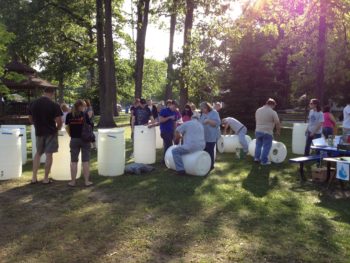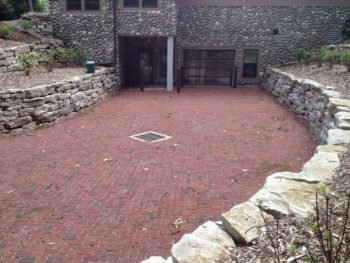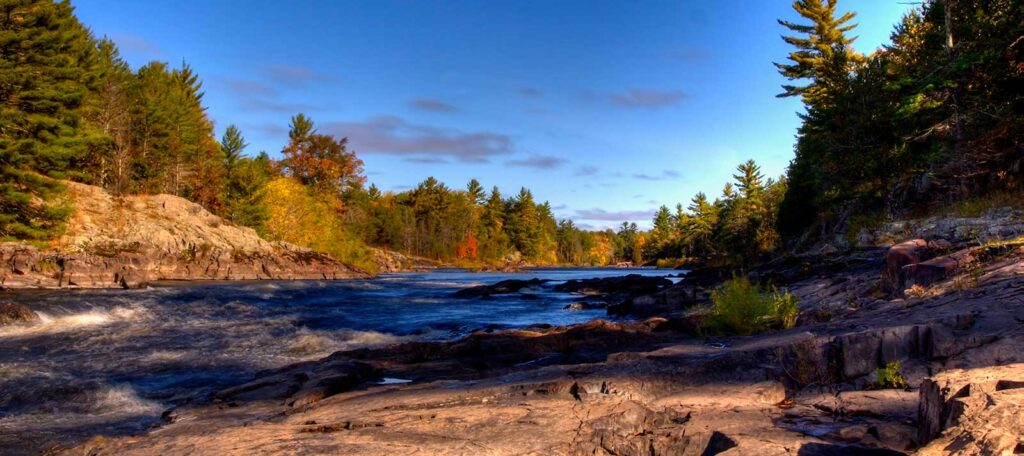When a Band-Aid is not Enough
American Rivers has tools available on our website to help public utility managers communicate about stormwater and assist them in building public support for collecting fees to upgrade and/or maintain water infrastructure.

For most of my adult life, I’ve been paying for stormwater. It doesn’t seem odd to me because communities need to pay to maintain water infrastructure. The cost relative to my other utility bills is pretty nominal. After looking at the price compared to other communities across the country, I’ve come to realize that what I pay for stormwater in Toledo, Ohio is at the lower end. But that’s me, someone who works in the clean water field and is aware of what stormwater is and what a fee might pay for.
So, what does the average Joe know about stormwater? What should they know? Are communities communicating effectively to the public about stormwater and the fact that they need to collect fees?
Storm events are increasing in frequency and severity throughout areas of the country including the Great Lakes basin, and the increase in rainfall is overwhelming our infrastructure. When rain falls in open, undeveloped areas not occupied by buildings or pavement, the water is absorbed into the ground and filtered by soil and plants. But, when water falls on roofs, streets, and parking lots, the water cannot soak into the ground. Instead, it enters the sewer system and it then has to be managed by municipalities and counties.
Stormwater goes from being the property-owner’s problem to the community’s problem really fast. And once it is the community’s problem, government agencies need to solve it.
To reduce sewer backups and urban flooding, communities need to ensure that more stormwater is able to soak into the ground, keeping it out of the overloaded sewers.

A “make and take” rain barrel workshop in Toledo, Ohio with the Toledo – Lucas County Rain Garden Initiative. | Katie Rousseau
We can reduce property and street flooding through a combination of gray and green stormwater infrastructure. Gray infrastructure refers to traditional engineered solutions to flooding problems, like sewers. Gray infrastructure is often designed to move rainwater to another location to reduce flooding. Alternately, green stormwater infrastructure practices treat water where it falls, allowing the water to sink slowly into the ground.
Whether they go gray or green, for many communities, stormwater infrastructure repairs are no longer a luxury; they are a necessity to reduce chronic flooding and improve impaired rivers and streams. Communities need to repair old systems and build new, modern systems that embrace technological advances from the last 100 years. But, communities also need money to do it.
A stormwater utility is an equitable way for communities to raise some of the money they need to fix the most immediate stormwater problems.
A stormwater utility is a fee charged to property owners—usually determined by the amount of impermeable surface on their property—that grants them continued use of the stormwater management system and ensures that system continues to function. Property owners—typically large land owners—can reduce their utility bill by implementing green stormwater infrastructure practices that reduce their property’s contribution to the stormwater management system. In this way, property owners are in control of their bills and their property.
Implementing a stormwater utility may seem difficult at first. Neither property owners nor government officials want to spend money on improvements that—in the best case scenario—no one ever sees. Infrastructure improvements and stormwater management are the kind of expenditures that only get attention when something goes wrong. Plus, local government leaders and stormwater managers are already short on time and resources, and educating the public about a stormwater utility can seem like an impossible task.
This is why American Rivers partnered with Bluestem Communications to develop a Stormwater Utility Communications Toolkit, which contains materials to ensure local leaders, city and county staff, and partners have the tools necessary to create a stormwater utility that is supported by the entire community. These tools are designed to give you the language and structure needed for jumpstarting a public engagement process. These tools are designed to be edited and personalized to fit your own community’s policies, values and personalities.
This toolkit contains:
- A stormwater utility overview and technical resources
- A strategy for building public support for a stormwater utility
- Sample outreach materials (Spanish versions available)
- Draft press release
- Social media posts
- Website language
- Tips for running successful public meetings
- Sample stormwater utility ordinance language
We hope that these tools are useful in your community as you advocate for, implement, or explore a stormwater utility.




